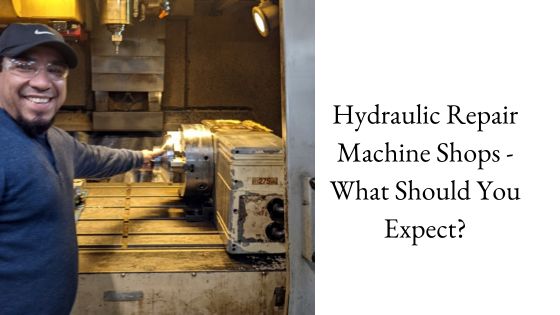Case Study: Hy-Dash Final Drive Motor
Dec 21st 2017
We get all kinds of final drives in our shop, including one very interesting case involving a Hy-Dash final drive motor with what seemed to be power loss issues. In this blog post, we'll discuss what our technicians discovered -- and how you can keep the same type of failure from happening to you.
A customer dropped off a Hy-Dash final drive motor (shown below) from an excavator with the complaint that it was either running too slow or wouldn't work at all. This behavior was occurring on just one side of the tracks, so he brought in just that final drive. Travis performed the inspection.
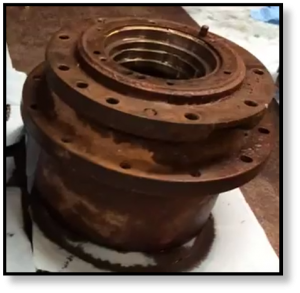
Assessment of the Final Drive
After cleaning up the exterior of the final drive, the disassembly and inspection process began.
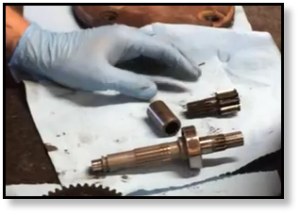
Upon opening up the final drive, only one major problem could be found: the coupling between the upper drive shaft and lower drive shaft was no longer gripping like it should. Keep in mind that this is the main shaft and is responsible for transmitting power to the wheel or track to achieve motion.
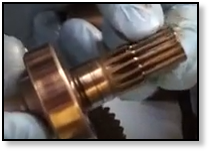
The gear teeth on the shafts, as clearly shown in the image above, were so severely worn that they could no longer grip the coupling — they were, in short, completely stripped. The image below clearly shows the difference between worn teeth and good teeth. Notice that as a shaft begins to wear the teeth develop a pointy shape. The teeth should have a nice flat, thick surface on the tips for better performance.
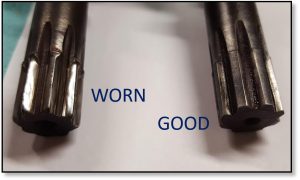
Without the ability of the shafts to grip the coupling, the final drive simply will not turn. This was likely just the result of excessive wear and tear on the drive motor. What is most interesting about this case study is that the rest of the drive was still in working order, although a bit worn (as would be expected).
Conclusion: Reason for Final Drive Failure
The reason this drive had little to no power was due to stripping of the main shaft and coupling. Without proper meshing, it doesn't matter how much power is provided the the final drive — it can't turn anything. This type of severe wear is typically caused by going back and forth too rapidly on the toggles/joysticks. It very similar to going into drive on your vehicle and then immediately putting it into reverse while skipping neutral. You know that would be rough on your car … imagine what it can do to your final drive!

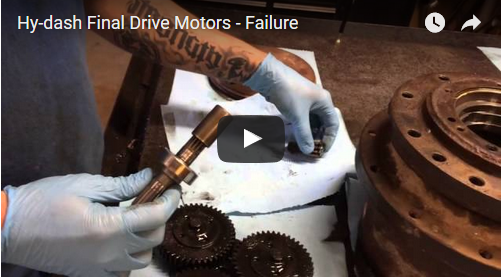

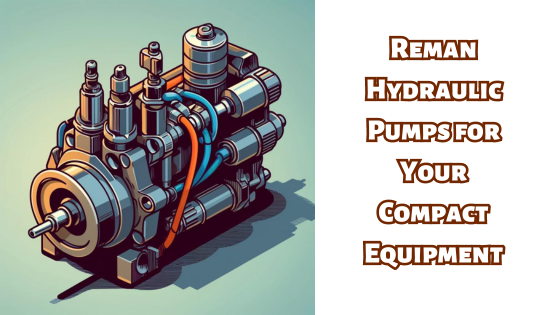


![Final Drive Cores and the Remanufacturing Revolution [VIDEO]](https://cdn11.bigcommerce.com/s-lbnln0ppxx/images/stencil/original/uploaded_images/final-drive-cores-and-the-remanufacturing-revolution.png?t=1705357426)
